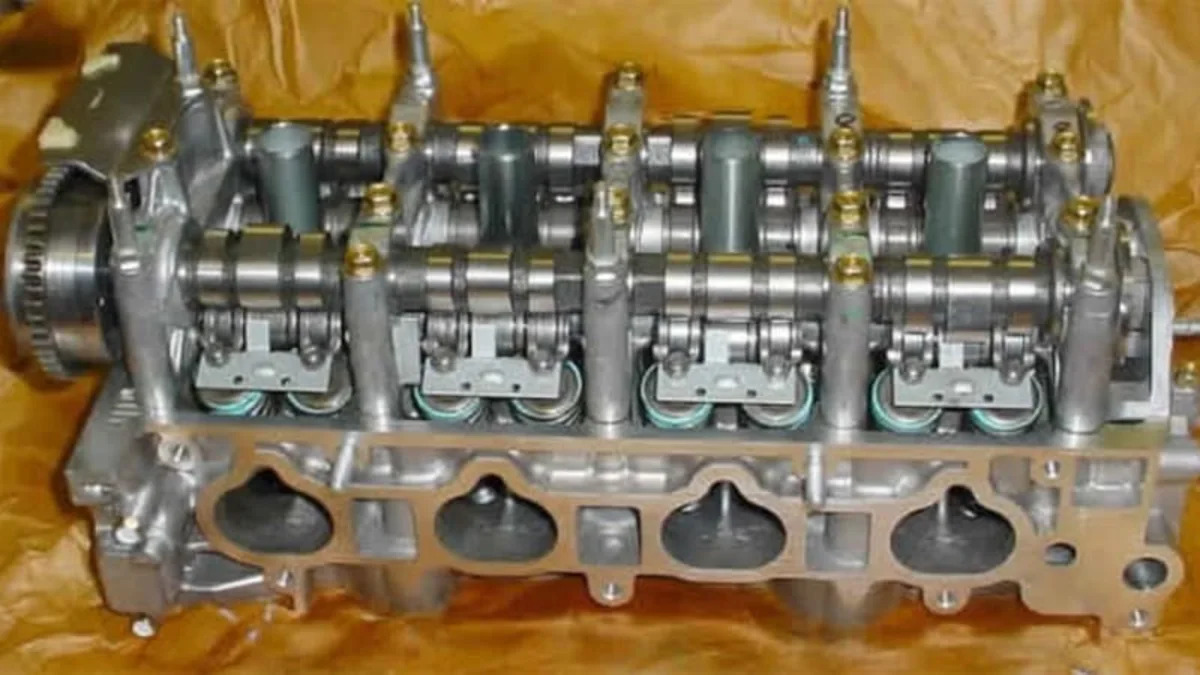Honda K20Z3 featuring i-VTEC - click above image to watch the video
The powers that be are pleased you enjoyed the differential video so much. So much so that here's another. Dilemma: you want oodles of torque at low speeds because you must overcome one of Newton's pesky laws about bodies at rest tending to stay at rest. However, once you're at speed you'd like to substitute torque for power. Back in the old days, there wasn't a good solution. In fact, the best you could do was take the big block approach and provide more torque and horserpower than a car's suspension, brakes and driver could handle. There was also the European solution: diesels for torque, fancy-pants DOHC gas engines for power. Or the Japanese method: neither. But what if you wanted both?
Enter variable valve timing. Simply put, without variable valve timing, the valves open and close in a fixed pattern and there's no way to increase or decrease the amount of valve overlap (the percentage of time both intake and exhaust valves are open at once). Depending on the lumpiness of the cam, some engines are good for low-speed torque, some for high-rpm power (and/or valve float). With variable valve timing, the rate and duration of the camshaft striking the rocker arms can be altered, varying the valve overlap and resulting in both better low range torque and better high rpm power. Plus, you get the advantage of increased mileage throughout the power band (if you like). Nifty -- but how's it work? If you'd like to know, make the jump and watch the video.
The video meant to be presented here is no longer available. Sorry for the inconvenience.


Sign in to post
Please sign in to leave a comment.
Continue